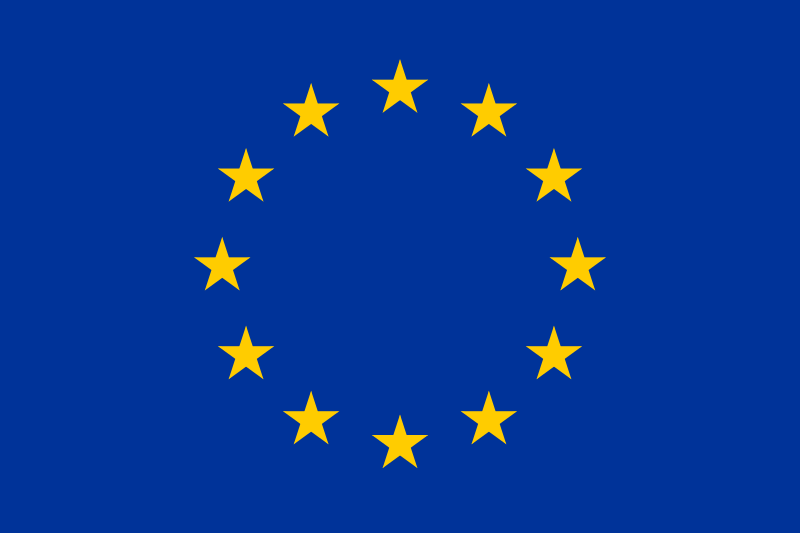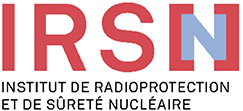DISCOVER
DISCOVER: Dissecting radIation effectS into the Cerebellum micrOenVironmEnt driving tumour pRomotion
Project coordinator
Simonetta Pazzaglia
simonetta.pazzaglia@enea.it
Project partners
ENEA - Italian National Agency for New Technologies, Energy and Sustainable Economic Development, Roma
Federal Office for Radiation Protection, Oberschleissheim
National Public Health Centre, Budapest
Project objectives and goals:
Radiation carcinogenesis has classically been attributed to unrepaired or misrepaired DNA damage. By now, there is increasing recognition that radiation can induce changes within the microenvironment and cause epigenetic modifications, which can also contribute to the development of cancer, challenging the conventional target theory in radiobiology. However, the interplay between DNA damage, microenvironmental changes, and epigenetic modifications in radiation-induced carcinogenesis is complex and not yet fully understood.
DISCOVER will study the impact of radiation-induced changes in the microenvironment and the influence of related cell communication processes on carcinogenesis.
The project will exploit a robust model of radiation-induced carcinogenesis, the Ptch1+/- mice, exhibiting a genetic predisposition for development of medulloblastoma (MB), a cerebellar tumour. Irradiation of these mice, even at low dose, increases MB incidence. The project aims to understand how different cerebellar populations, such as granule cell precursors, the MB cell of origin, and astrocytes, microglia and endothelium, representing microenvironmental components, respond to moderate (2 Gy) and low (0.1 Gy) radiation doses and contribute to tumour formation. Model systems of different complexity including (i) Ptch1+/- mice, (ii) ex-vivo cerebellum slices and (iii) in vitro cerebellar cell cultures, will be used to evaluate the effect of the microenvironment in transmitting radiation signals driving carcinogenesis. We will conduct a comprehensive analysis of various types of data, including morphology, function, tumourigenesis and omics data.
We will also investigate secretome, as well as extracellular vesicles from exposed tissue and their specific bioactive cargo for their role in mediating radiation tumourigenesis. An integrated analysis of DISCOVER animal data and publicly available human brain cancer data aims to identify patterns/signatures for MB development.






